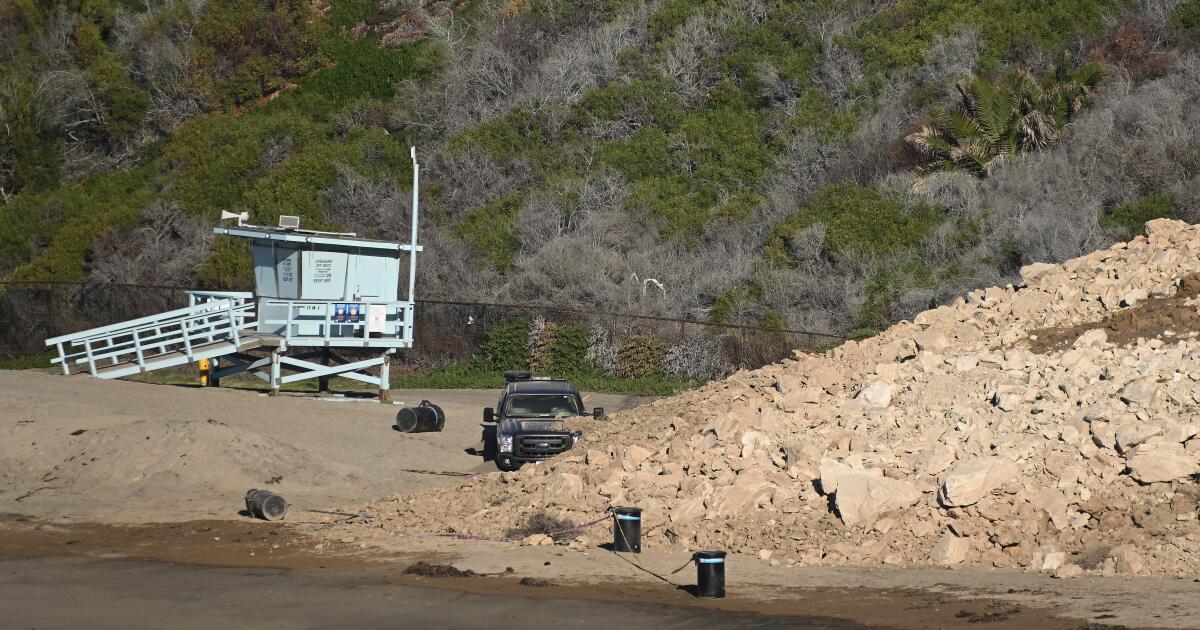
Stockton’s McLeod Lake is looking pretty pink this week.
The splash of color is part of a study by the California Department of Water Resources, which is dumping a pinkish dye into the water to understand why the lake has become a hot spot for harmful algae.
Dangerous algae blooms, which can be toxic to humans, pets and aquatic life, appeared in McLeod Lake in 2020 and 2022, but oddly enough, not this year. So scientists are using the dye to record water flow, which they hope will answer the question of why algae blooms in some years and not others.
Teams began adding the rhodamine dye to the water Monday and will complete the study by Friday, according to a news release.
The dye is temporary and harmless to humans. But it is visible. KCRA 3 video showed the blue-green water turning a purplish-pink as crews used long poles to spread the dye evenly at different depths.
Blue-green algae, called cyanobacteria, are an integral part of the ecosystem but can grow rapidly in certain conditions, including warm temperatures and calm waters. When the algae “bloom” so quickly, they can produce toxins that cause loss of appetite, vomiting, and even jaundice and hepatitis in swimmers.
When the blooms are large enough, they can turn the water fluorescent green and give it a putrid odor. After a particularly large bloom at McLeod Lake in 2006, Stockton installed a bubble system in the Stockton Deepwater Canal to oxygenate the water and break up the algae, the Record reported.
The dyeing operation is the first of two studies scientists are conducting in the lake. The next one is expected to be scheduled for early next year.


